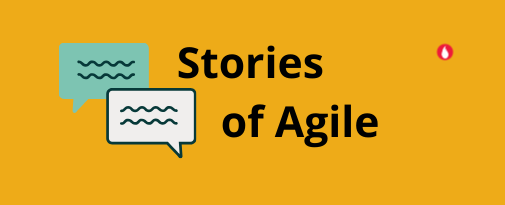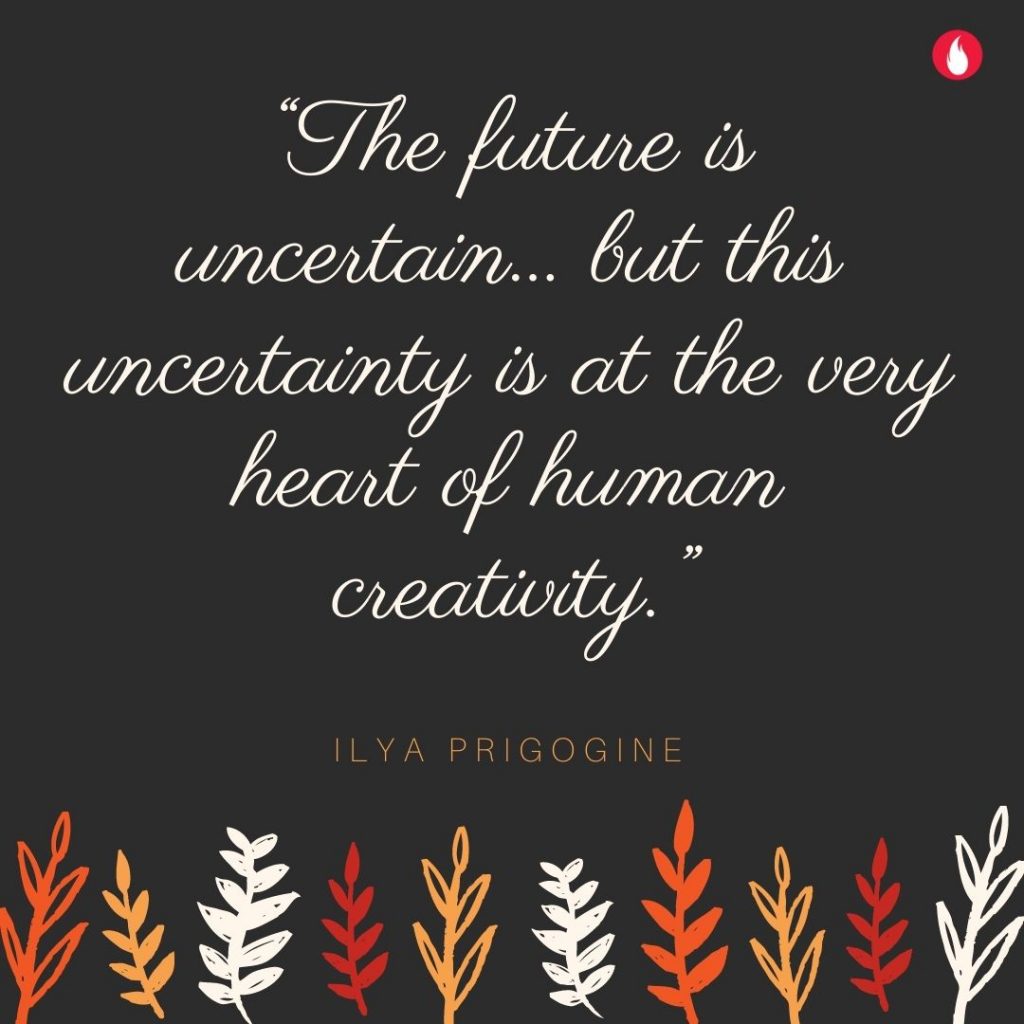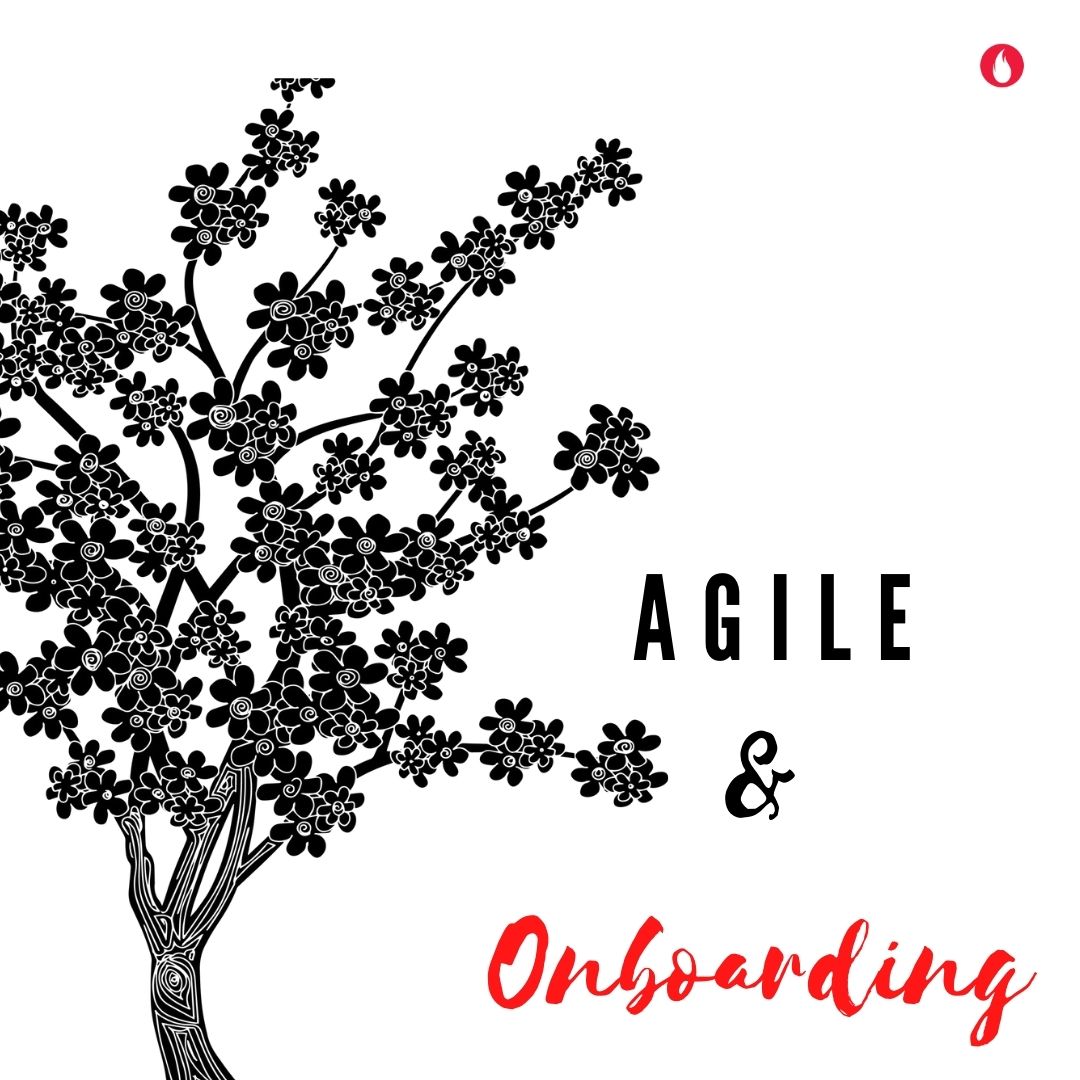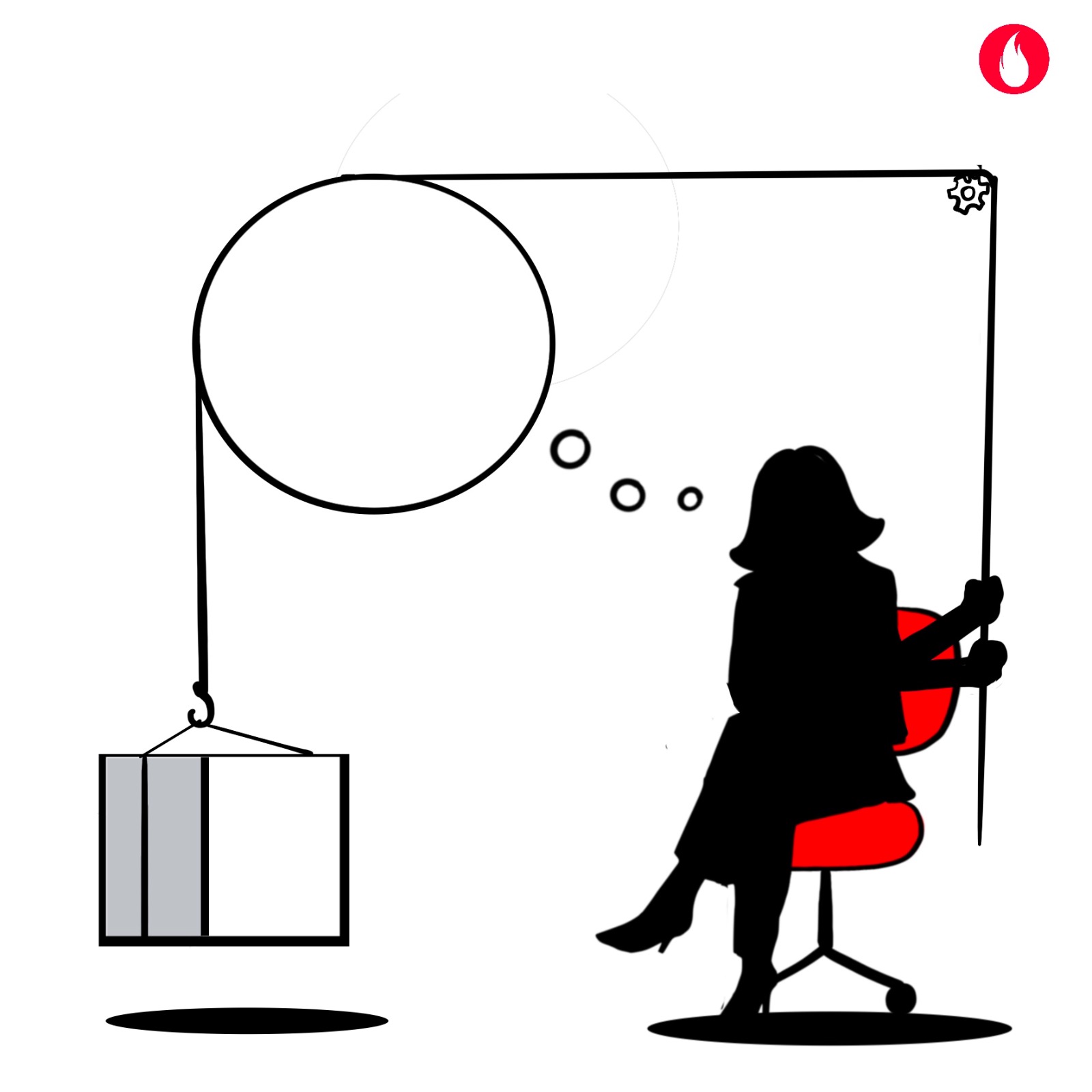30% of new hires quit within 90 days of joining the company. 16% of these new hires quit within the first two weeks of joining. HR and business leaders recognize that an effective onboarding process can reduce early attrition. Leaders are investing in onboarding design too. The global onboarding industry is pegged to be $ 2190 million by 2027. Inspite of streamlining and improving the new hire experience why is new hire attrition high? Can Agile help onboarding design?
Lack of clarity in role and expectations is a big factor. A recent survey by Jobvite says 43% of new hires quit within 90 days for this very reason. Another 32% quit because they did not like the company culture. These are costly. Both in purely monetary terms and in non-monetary terms as well. Clearly, this space demands more attention than it gets at most places. It has got that in Etsy, a company that is featured in this edition.
Etsy has imagined the Agile principles to clarify and help new hires live the Etsy culture from Day 1.

Onboarding at Etsy
Etsy is a global online marketplace for making and selling unique items. Their mission is to keep commerce human. Headquartered in New York and established in 2005, Etsy has a market cap of 16 billion and 1240+ employees.
If you were a new hire at Etsy, you would have been hired after clearing a few rounds of phone and group interviews. Your date of joining finally arrives and you show up at their office. As you go through the induction process, filling up forms and such else, your first project task awaits you. You must deploy a piece of code into a live production server on Day 1. This task epitomises one of the core values and beliefs at Etsy – Continuous Improvement.
Etsy is a marketplace used by 2.8 million sellers and 47 million buyers. Any code change or implementation that goes wrong risks impacting millions in sales every minute. Yet Etsy deploys `50 code changes a day. Contrast this with many other companies which deploy code once a fortnight, month, or even annual upgrades! By getting a new hire to deploy code on day one, the team at Etsy is ensuring the new hire experiences their core value of continuous improvement. This also helps new hires quickly get over their fear of deployment to a live server which impacts millions of people.
The first piece of code the new hires in Etsy must deploy, is to add their own name into the employee database at Etsy. A task the firm could have easily automated. Yet they chose it as a pivotal moment of the employee onboarding experience. Much like Amazon, which chose to keep the tables made of erstwhile doors, to emphasize their core value of frugality to new hires. To sit through a presentation and listen to someone drone on about “continuous improvement” can be a telling experience! To experience continuous improvement is a lived experience! And that counts.
Agile Practices at Etsy
Again, much like Amazon, Etsy does not identify with any agile methodology. They have carved their own ways of working to suit their context and evolving needs. Etsy does use many agile principles to create their ways of working which includes – 60-day planning cycles, 2-week work sprints, goals which are transparent and visible to all employees on a wiki site and more.
Etsy has co-opted two core Agile principles in crafting their onboarding process as well. They are:
1. Build projects around motivated individuals.
Etsy is providing an immersive experience of their culture and clarifying their expectations of the role from ‘day one’. This reduces a big dissonance factor among new hires, thereby aiding their engagement and retention.
2. Working software is the primary measure of progress.
Etsy took a risk and chose for new hires to deploy code on ‘day one’ to a live server. It did not ask them to create documents and detail steps which would then be reviewed by someone senior. The message to new hires is clear, we expect you to take charge, we expect working software not a detailed plan. As Agile moves beyond the software industry, replace ‘software’ in the above principle to any appropriate output.
Designing onboarding experiences
The values of the organisation are evident in its ways of working, whatever the slick deck may say. With new hires making up their mind on quitting a firm within a few weeks of joining, it is important to ensure they are onboarded with a set of real and lived experiences. Experiences that they co-create and learn first-hand what it is to be part of the organisation. These help anchor, integrate, and move employees forward. As Etsy has demonstrated, agile thinking is more about application of a way of working and thinking to a context! In this case, to onboarding!

Here is the round-up of the eleventh edition of the Agile OWL
From social media:
1.Here are 25 moments in technology that have defined the last 25 years of our lives. Steve Jobs is an expected mention but many of these defining moments are discoveries and worth a thought. Like 9/11 bringing blogging into mainstream or a legislation planting the seeds of social media.
2. With remote work in full steam, this read comes from the Ted stables, on how do you make zoom meetings inclusive. The ideas are useful and the cover image by Avalon Nuovo makes the message clearer on many levels.
From the bookshelf:
- Deep Work : Rules for focussed success in a distracted world by Cal Newport urges us to look at our distracted multi-tasking filled days with a fresh lens. It has often proved an anchor when the calendar threatens to overwhelm me. Do consider this read.
From the trivia & fact box:
- The average new hire onboarding experience consists of 54 activities! These include documents to sign and upload, administrative tasks to complete and outcomes such as completing the induction sessions or videos. No wonder the new hire is overwhelmed. Read more onboarding trivia here.
#AgileQuotes to sign off..

Note : This post is Edition 11 of the Agile OWL from the OWL umbrella. The Agile OWL is a newsletter focused on the human experiences and stories within agile transformations. Sign up to receive the newsletter here




June 8, 2021, 12:58 pm